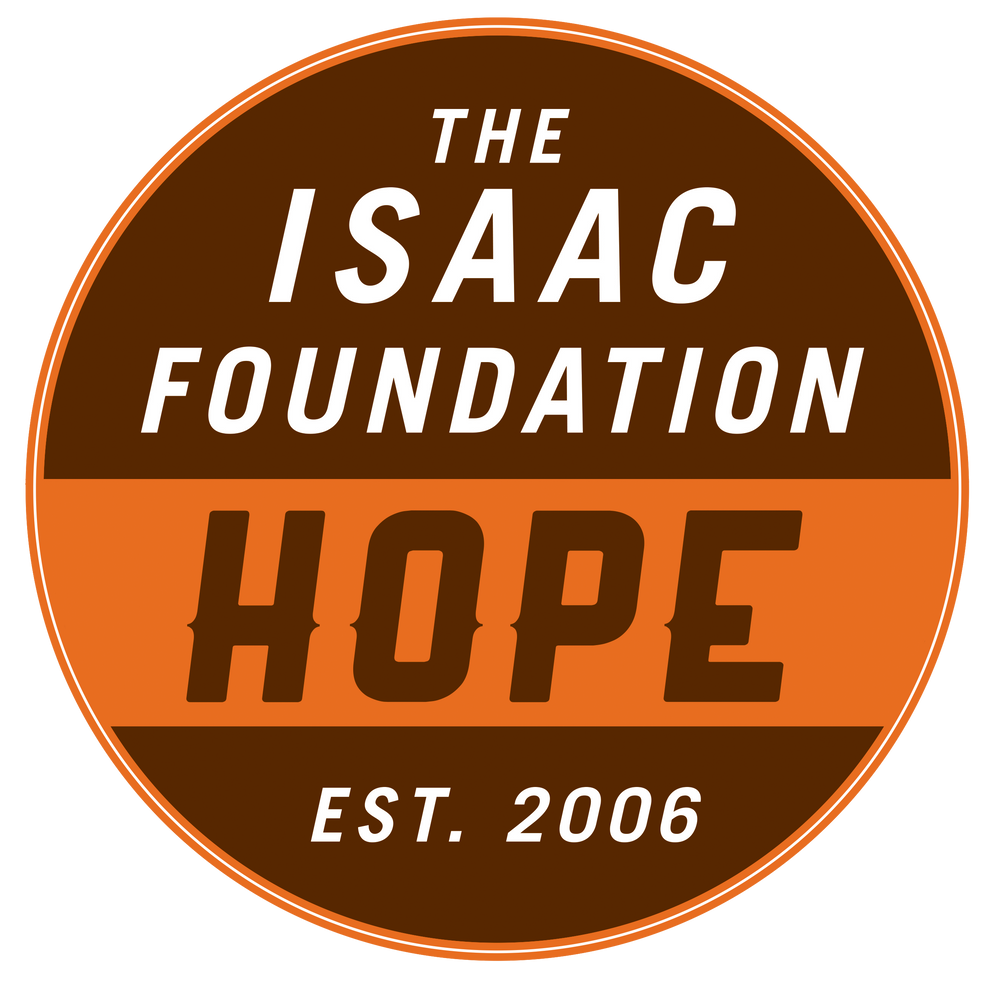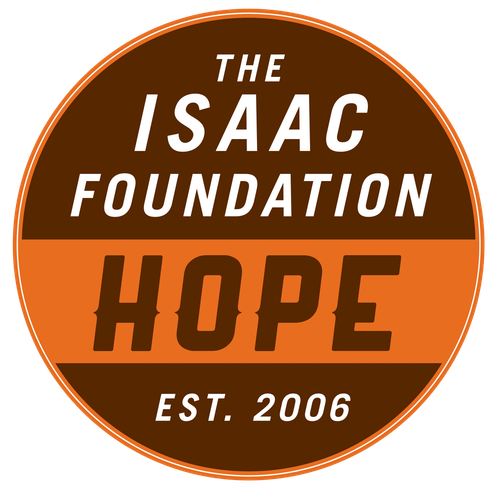



Published: 4/29/2006
From Saturday’s Globe and Mail
Published Saturday, Apr. 29 2006, 12:00 AM EDT
Last updated Tuesday, Mar. 17 2009, 10:54 AM EDT
The parents of Isaac McFadyen have two choices. They can move to England where a drug to treat their son’s rare disease is funded by government — at a staggering cost of $300,000 to $1-million per patient annually — or they can stay in Canada and watch him be ravaged by the inherited metabolic disorder.
The two-year-old Ontario boy is already suffering from the effects of Maroteaux-Lamy syndrome: a piece of his skull and a portion of vertebrae in his neck were removed earlier this month after they began compressing his spinal cord. Isaac’s corneas are clouding, his forehead protrudes and he has an umbilical hernia.
The only drug available to treat the progressive disease, a medication known by the trade name Naglazyme, is so expensive that even its U.S.-based developer and manufacturer, BioMarin Pharmaceutical Inc., acknowledges no patient can afford it.
“For the average citizen, no matter what country you are in, it’s impossible to pay for this out of pocket,” Steve Aselage, senior vice-president of global commercial operations for BioMarin, said in an interview from Novato, Calif. “For most of the world, you need the government to step up and pay for the product.”
The drug is used to treat mucopolysaccharidosis type VI, or MPS VI for short, a disease so rare it’s estimated only three to 10 Canadians have it. In developed countries, there are an estimated 1,100 sufferers, virtually all of whom will experience severe disability and shortened life spans.
In most countries where Naglazyme is licensed, such as those in the European Union, governments cover the drug’s cost. In the United States, it is largely funded by private insurance.
But in Canada, there is no policy for “orphan drugs” like Naglazyme — medications for rare diseases, the incidence of which varies by country — and no way for people like the McFadyens to afford such costly therapies.
The EU, the United States, Japan, and Australia all have some form of orphan-drug policy. While the U.S. policy doesn’t necessarily provide access to rare drugs, it has been successful in providing incentives to pharmaceutical companies to find treatments for rare diseases.
Whether it involves fast-tracking drugs for rare diseases, providing tax incentives for pharmaceutical companies to develop treatments, or extending market exclusivity for drug manufacturers, these countries have found ways to deal with a problem that threatens small numbers of people in the most devastating of ways.
People with MPS VI, for example, are missing an enzyme called arylsulfatase B, needed to break down carbohydrates known as glycosaminoglycans. The carbohydrate builds up in the body’s cells and many organs are affected.
Signs of the disease include stunted growth, enlarged tonsils and adenoids that cause breathing problems, poor mobility, and dramatic changes in facial features, including a flat nose and large head. Once sufferers reach their teens, they often require heart-valve surgery.
In England, a national advisory group aims to help health-care providers by assuring a cash flow to support rare and expensive treatments. The group has approved the funding of Naglazyme and a small group of patients recently began receiving weekly intravenous treatments in London and Manchester.
“We hope that at a minimum, it will halt the disease process,” said Ed Wraith, consultant pediatrician at Royal Manchester Children’s Hospital, where some of the 12 patients in that city have begun treatment. The drug is given for life. Until Naglazyme became available, there was no approved treatment for the disease.
“Canadian patients with rare diseases are the last people in the developed world to gain access to drugs,” said Kirsten Harkins, executive director of The Canadian Society for Mucopolysaccharide and Related Diseases Inc.
“There are no clear policy guidelines in terms of licensing or funding them in Canada.”
That could change in June, when a report on expensive drugs for rare diseases is to be presented at a meeting of Canada’s health ministers, marking the first time the country has attempted to deal with the orphan-drug issue.
“The important thing for the really expensive drugs is that we have a national approach,” said Bob Nakagawa, assistant deputy minister for pharmacare for British Columbia, whose government is co-chairing the task force in June with Health Canada.
“If [provinces]have different standards, then do we force patients to move to the province that covers them? Is that something we want people to do?”
In the case of the McFadyen family, it isn’t just a case of travelling to another province but of uprooting their idyllic life in the town of Campbellford, Ont., and crossing the Atlantic with young Isaac and their five-month-old son, Gabriel.
Andrew McFadyen, a 28-year-old elementary school teacher in Kingston, and his wife, Ellen Buck-McFadyen, a public health nurse, feel they have no choice but to look for employment overseas to get treatment for their son, Isaac.
“We’re optimistic that even with the limitations he’s had, they aren’t affecting his quality of life,” said Ms. Buck-McFadyen, 28. “We have to get him on the enzyme-replacement therapy, at least to slow down the progression of the disease.”
Because Mr. McFadyen is eligible for British citizenship through his Welsh mother, he only needs to find a job in England and maintain residency for a period of time for young Isaac to receive the drug, where it is currently offered in specialized centres in London and Manchester.
Even though the overseas move is onerous, the couple feels lucky that, unlike others, they at least have a shot at being able to obtain treatment for Isaac.
They are making plans to move to England this summer, taking their infant son and his sandy-haired, high-spirited big brother, Isaac, with them.
“We’re looking for a life boat,” Mr. McFadyen said. “We’re just so sure that we’re going to get him on this enzyme replacement therapy and it’s going to help. If we spent any real time thinking about it, it would be terrifying.”
While Naglazyme can technically be obtained under Health Canada’s special-access program, patients are still faced with having to cover its enormous costs. No hospital or provincial government funds it. Under the special-access program, patients with serious or life-threatening conditions can obtain unlicensed drugs when conventional therapies fail, are unsuitable or are unavailable, so long as no licensed alternative is available.
(One person applied for the enzyme-replacement therapy, but later put the application on hold, said Health Canada spokesman Christopher Williams.)
Joe Clarke, director of the genetic metabolic diseases program at Toronto’s Hospital for Sick Children, and Isaac’s physician, wrote a commentary in the Canadian Medical Association Journal in January, entitled “Is the current approach to reviewing new drugs condemning the victims of rare diseases to death? A call for a national orphan drug review policy.”
Part of the problem with assessing these types of drugs is that the diseases are so rare that it’s difficult to run a clinical trial study with enough patients to scientifically prove whether the drug is effective.
“What I was proposing was an orphan-drug review policy,” said Dr. Clarke of his commentary, which listed 19 therapies for various rare diseases and their costs. Such a policy is required, he said, because it is virtually impossible to assess the cost-effectiveness of treatments of rare diseases, using conventional criteria. A key component would be a commitment to evaluate patients through registries to collect clinical information.
Durhane Wong-Rieger, president of the Canadian Organization for Rare Disorders, said that without a national plan, Canadians are struggling, trying to access treatment for their rare diseases and in many cases, not getting them at all.
Though individual drugs are costly, they don’t necessarily amount to a big financial hit to government, due to the low numbers of patients who require them.
“From an ethical point of view, it’s imperative for the government to fund treatments that are life-saving for which there isn’t anything else,” she said.
Other countries have found that such a policy can prompt pharmaceutical companies to discover treatments for rare diseases. In the decade before the United States created its Orphan Drug Act, only 10 products for rare diseases came to market. Since the 1983 act, 286 products have been created, the Food and Drug Agency reports.
***
At a glance
What: Naglazyme is an enzyme-replacement therapy for people suffering from a rare metabolic disorder known as Maroteaux-Lamy syndrome (known as MPS VI for short). The drug is not a cure, but the first known treatment.
Administered: A weekly infusion, which takes about four hours. The drug is given for life.
Cost: $300,000 to $1-million a year. Cost depends on how much is used, based on weight of patient.
How it’s made: The active ingredient in the drug, galsufase, is a copy of a key enzyme that is missing in MPS V1 patients. The drug is produced by a method known as recombinant technology; the enzyme is made by a cell that has received a gene that makes it able to produce the missing enzyme.
— Lisa Priest